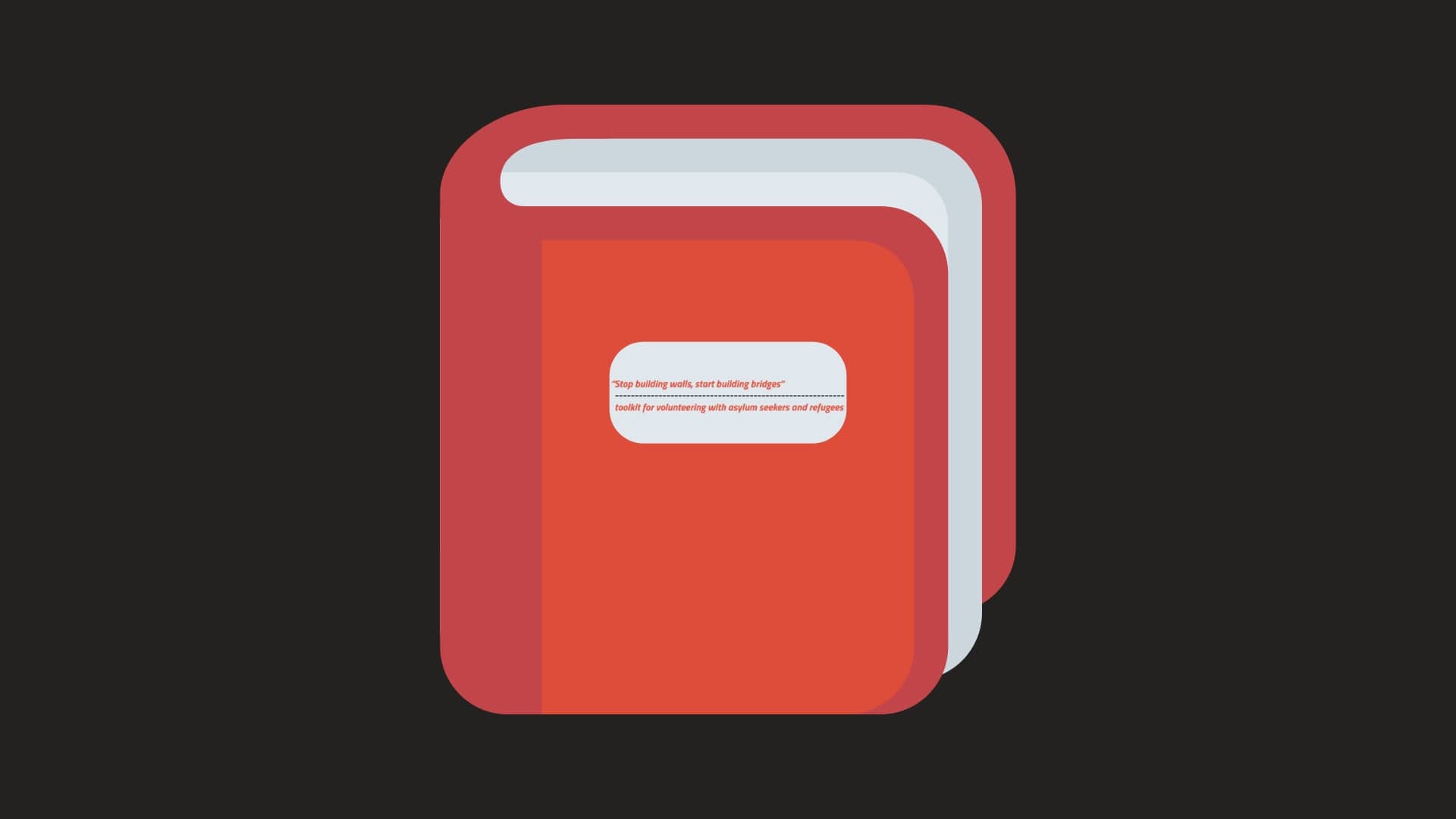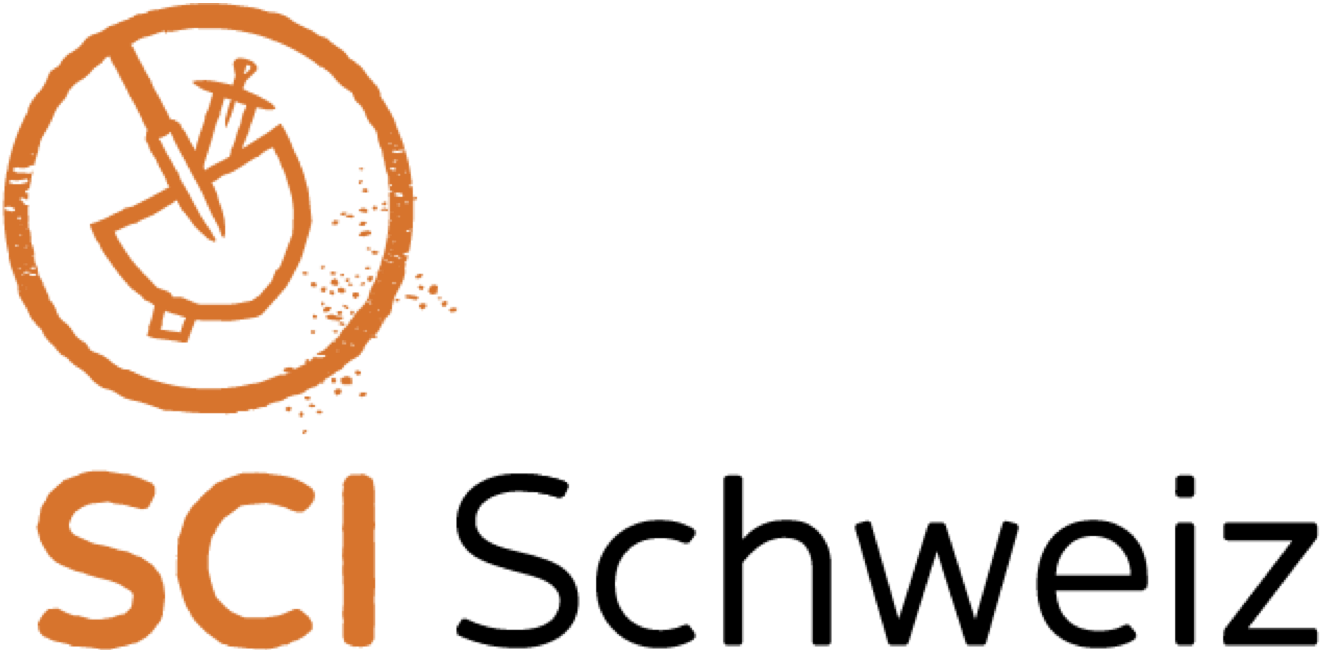
Building Bridges Toolkit
The Toolkit was designed to collect and share the know-how on voluntary projects involving people seeking or who have recently found refuge, as well as raising awareness on forced migration in general. The collection of guidelines, methods and case studies is non-exhaustive and should simply foster your own inspiration and support you in implementing projects on the topic. The creation of the Toolkit has been driven by the ever bigger need of the international SCI network to exchange best practices on projects in the field. It was coordinated by SCI Switzerland with the support of Útilapu Hungary. Its existence wouldn’t have been possible without the support of the Mercator Foundation Switzerland and the active contribution of the Building Bridges working group and a number of SCI branches.

METHODS AND TOOLS serve to support your work on the topic of refugees and migration with different target groups.
SCHOOL AND YOUTH CAMP EDUCATION
Reach youth with global questions and information
Time needed: Depending how much time you have for your visit
Objectives / aim: Make youth understand backgrounds and facts about forced migration through exercises and workshops
Level of Difficulty: medium; it takes time and efforts to plan the lessons, but doing the activities with the group isn’t hard.
Resources needed: School visitors, training, clear material and instructions, schools/camps to contact.
Number of participants: A whole class or a camp group. Sometimes activities can be adapted to even a bigger group.
Contact / Source: Emmi Ruohonen emmi.ruohonen@kvtfinland.org
The main objective is to give non formal global education on a local level and to give a more interactive and awareness raising way to study the subject. The main aim is through exercises, discussions and workshops to make youngsters understand for example the reasons behind the refugee crisis, conditions that the refugees and asylum seekers face and the reasons why they needed to flee. With this information and encounters, the aim is to reduce prejudice and correct misunderstandings.
Steps:
1. Plan the topic that you want to present and questions you wish to discuss.
2. Seek some volunteers who would be willing to do these visits and workshops.
3. Make sure that you train the volunteers and include them in preparing the material.
4. Contact schools and youth groups and offer the visits.
5. Remember to evaluate the visits and get feedback from participants, teachers or coordinators!

Tips:
- KVT Finland has done some global education through school visits and youth camp visits. An alternative to school visits is to visit youth camps, since they provide a more active atmosphere to organize more intensive workshops. These camps can be for instance: scouts, church or other youth camps.
- You can also organize an SCI workcamp, where you do school visits. KVT organized a global education school visit workcamp in Lapland. For more information contact Emmi.
- When going to a new class/group, ask beforehand if there are any situations (racism, strong attitudes, bullying, many refugees…) that you should consider in your activities. This helps to create topics that are adapted and relevant to the groups, and methods that don’t exclude anyone.
- KVT did some workshops in confirmation camps. If you do visits in church based camps, it can be very interesting to have a topic about religion, racism and prejudice (of course only if the visitor/facilitator has knowledge about the topic).
- When preparing exercises and workshops around the topic of asylum seekers and refugees, it is good to have facts from both local and global level. It is important to make youngsters understand why people flee and from where they flee. So before doing any activities present some facts, ideas, questions and discuss them.
- Good points for exercises and workshops are for example prejudice, racism, peace & conflict and mutual understanding. Remember to include interactive games and activities approaching the topic.

Links:
- Many NGO’s do school visits:
Some ideas about global education in schools
CONTRIBUTE!
You can share your experience, observations, tips and tricks, pictures etc. by uploading for instance a method or a case study to the Building Bridges Toolkit. As this Toolkit is a work in progress to which all involved parties are invited to contribute, we would also be very grateful for your support and contribution in order to inspire others to continue the work towards peace and intercultural understanding.
